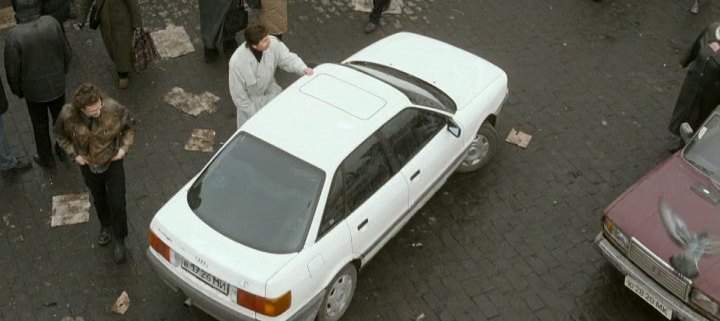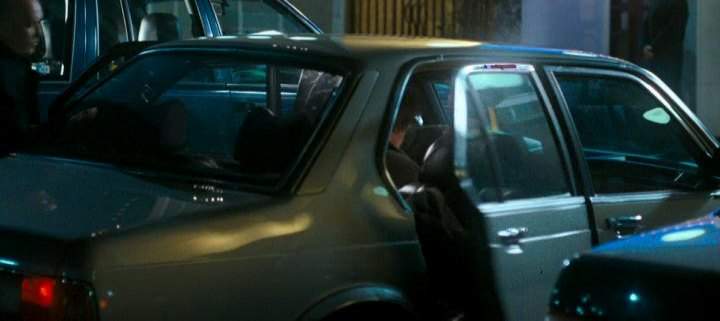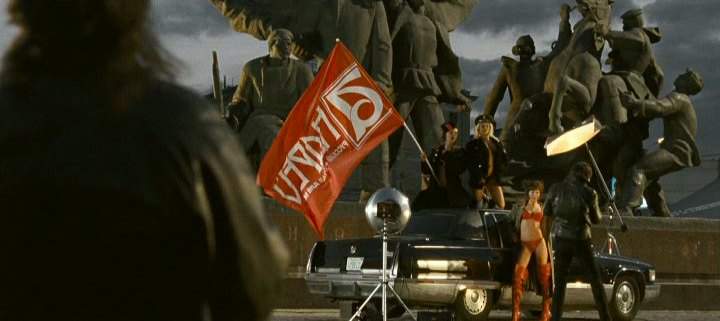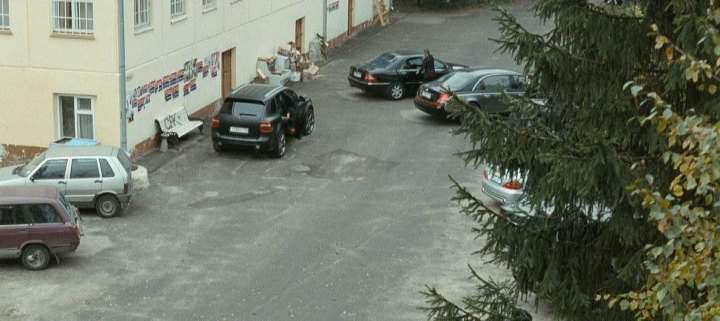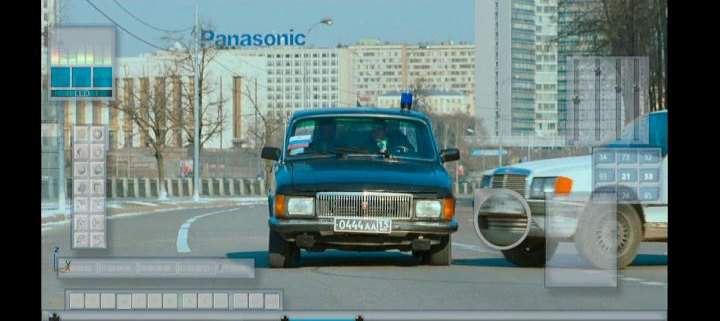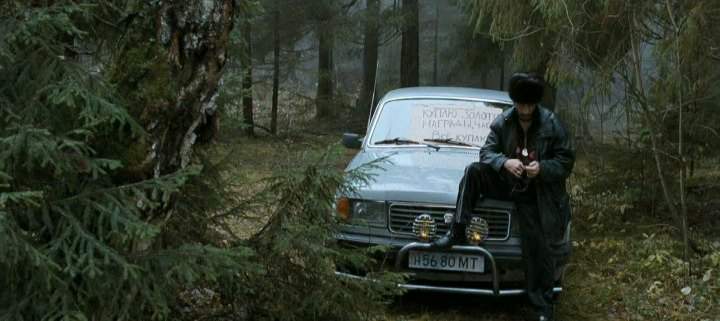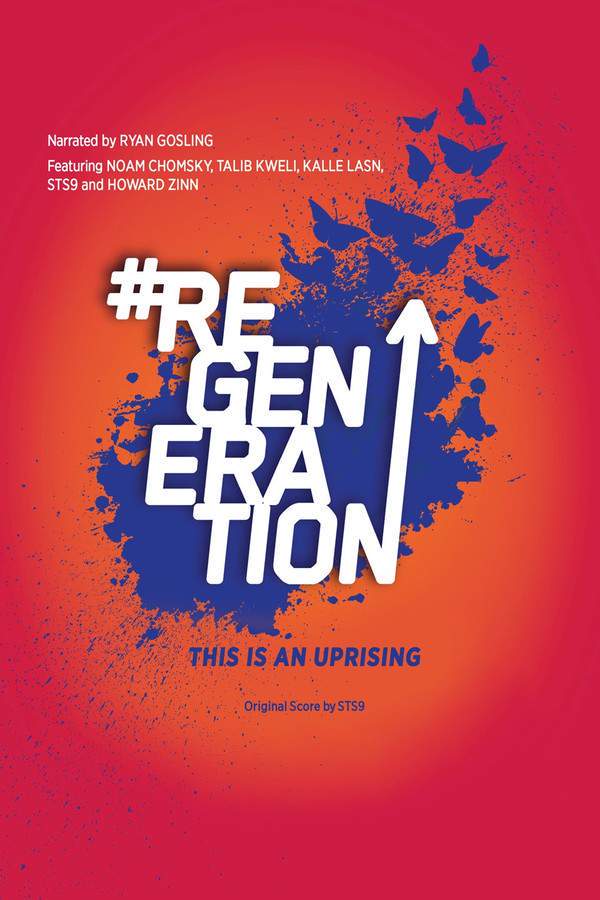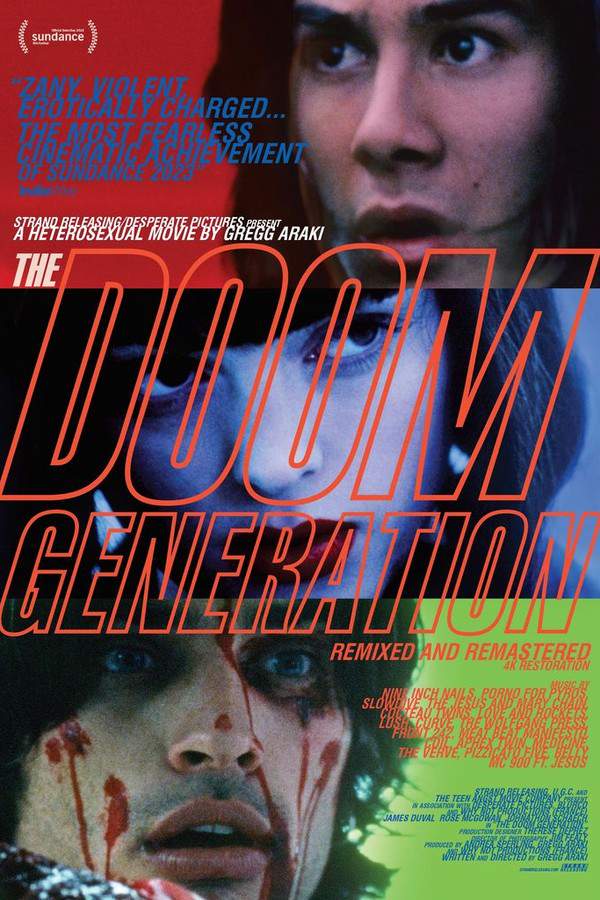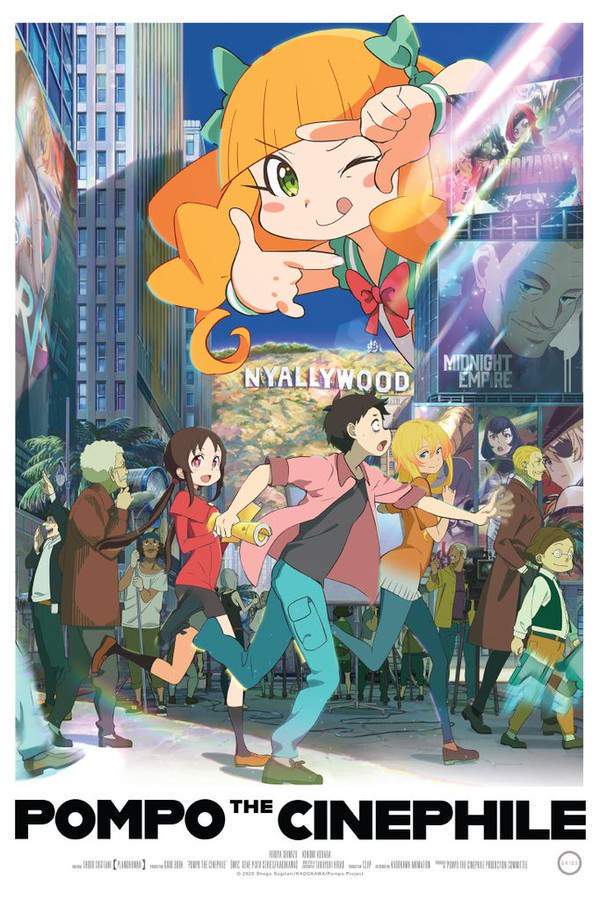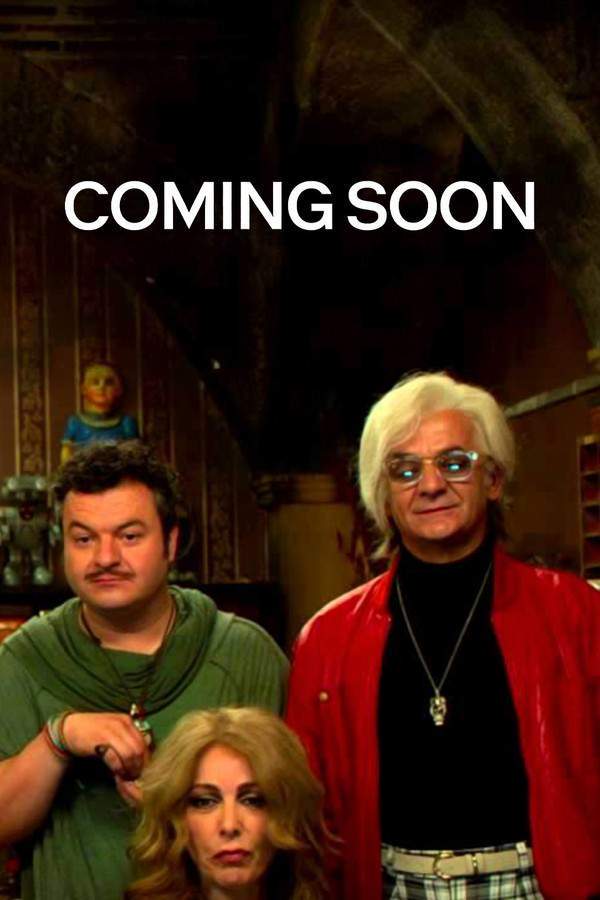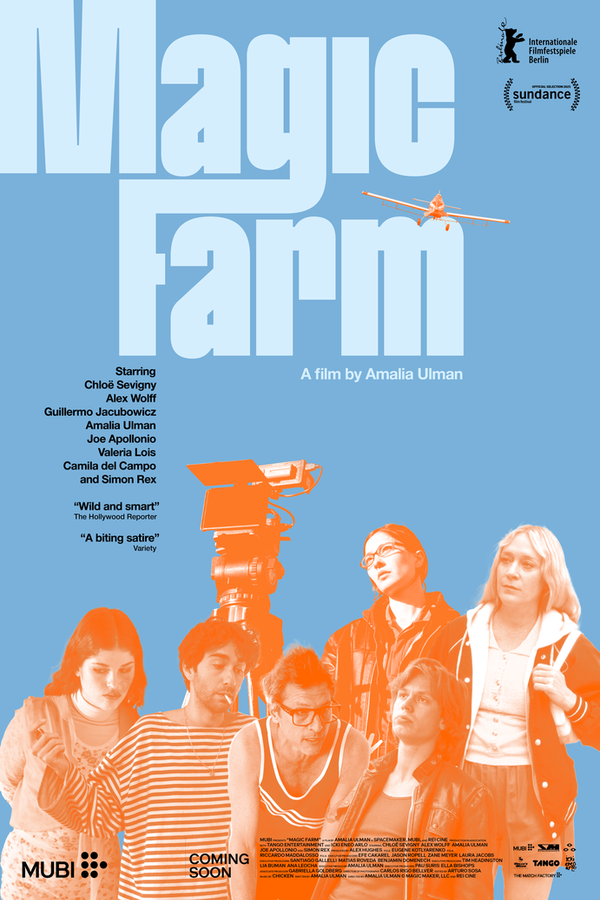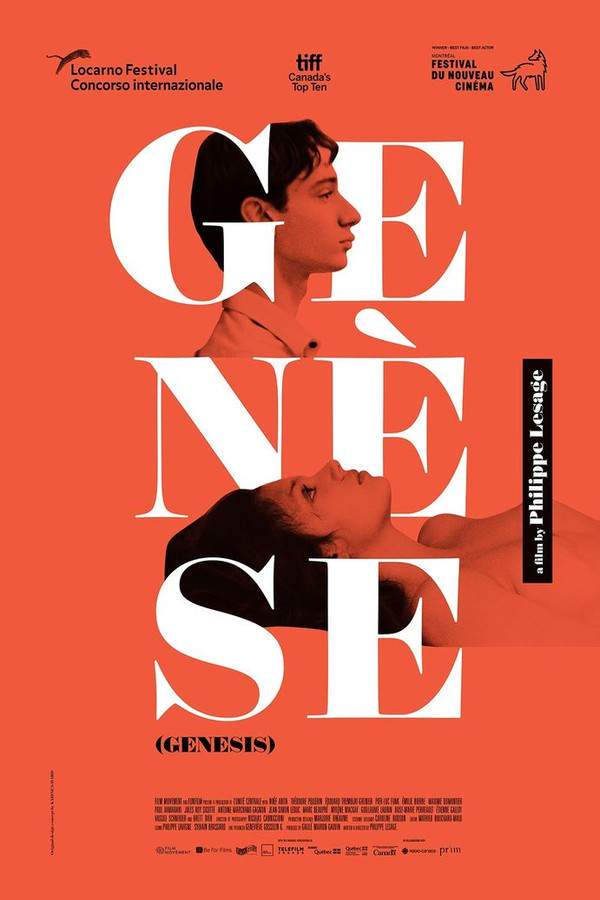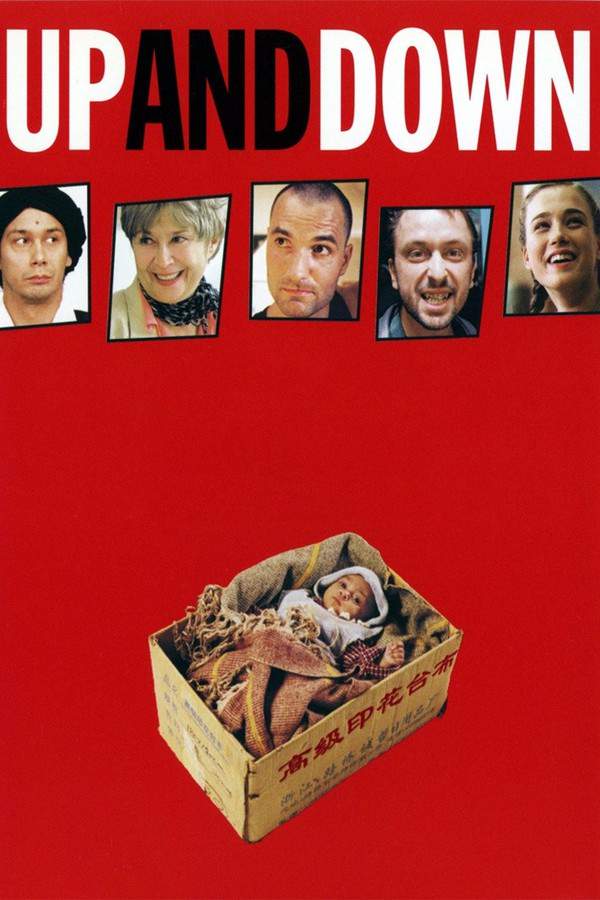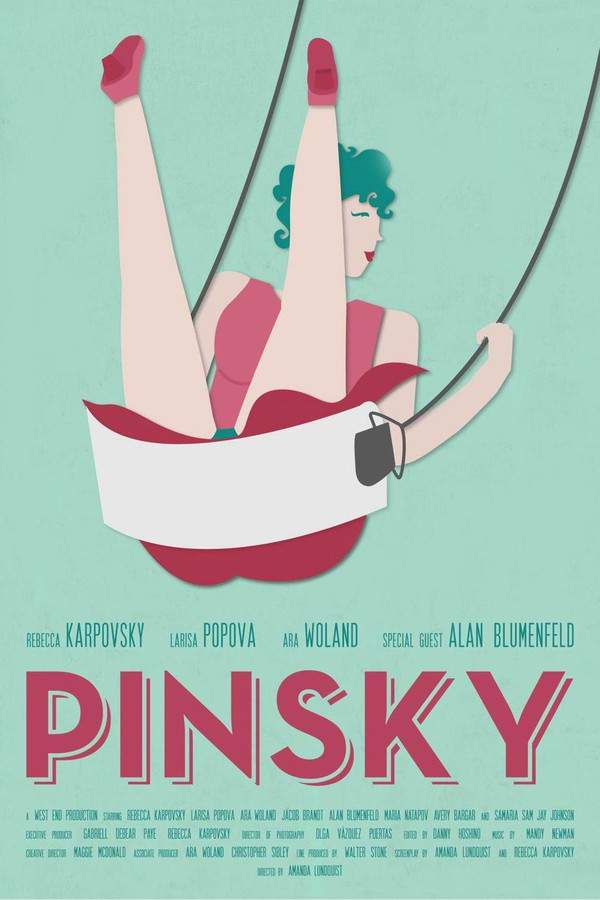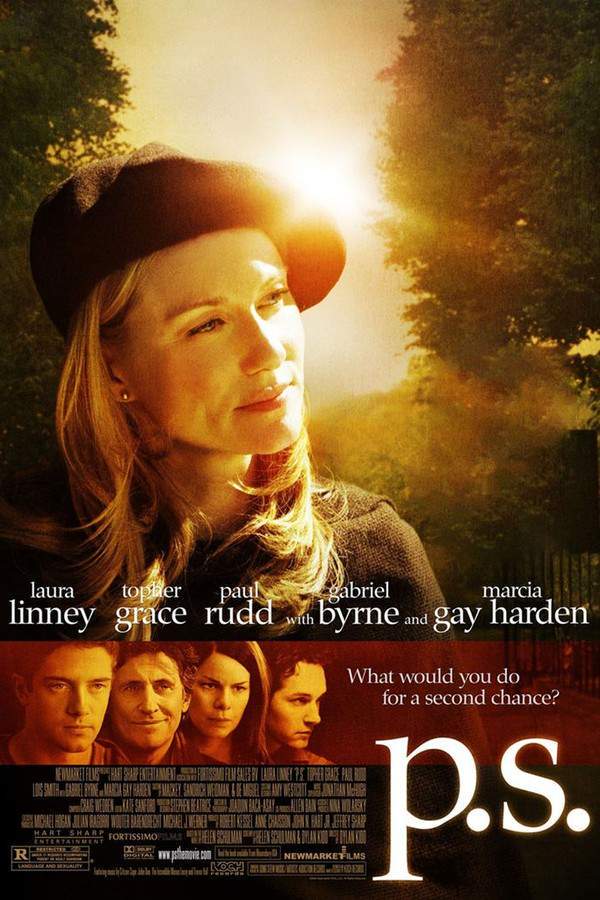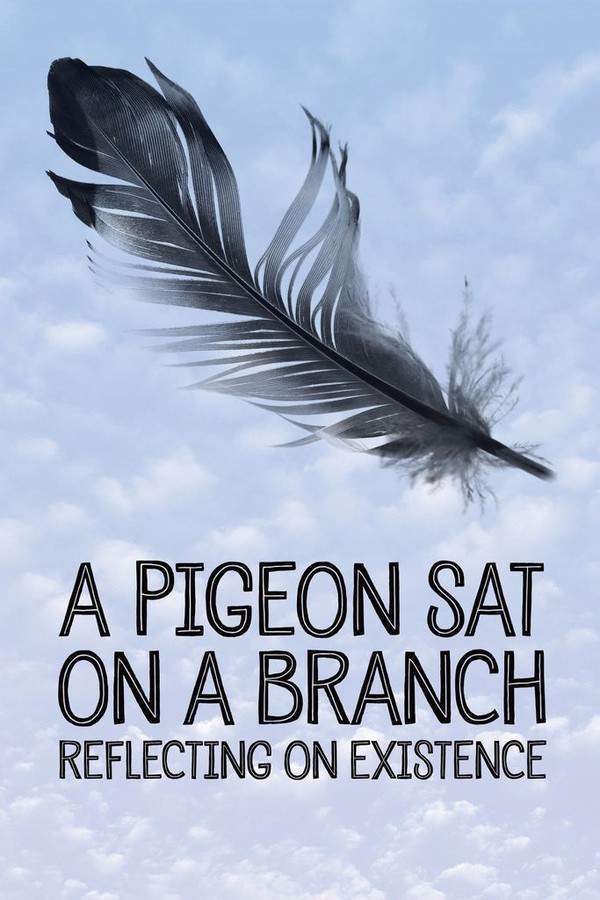Generation P 2012
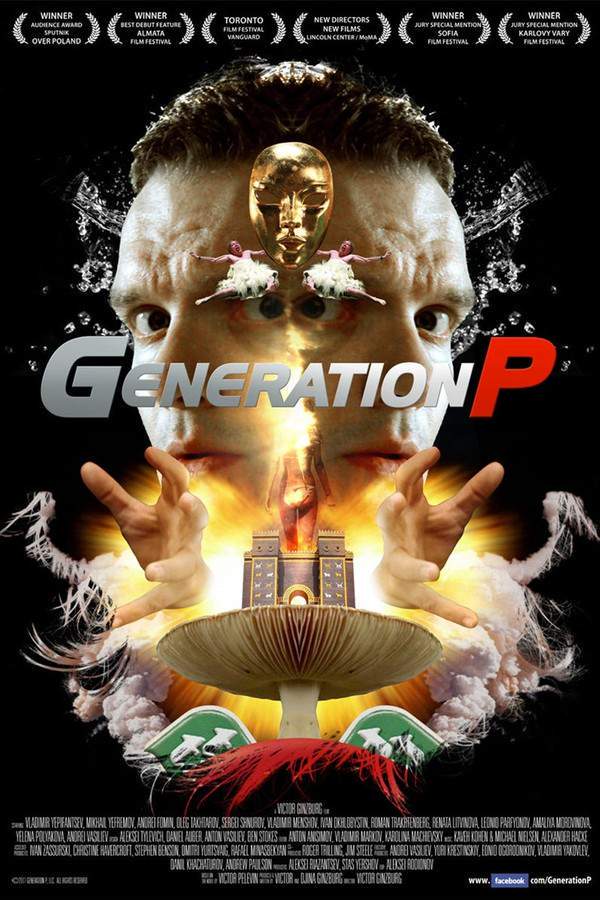
A darkly comedic and tragic fantasy, the film follows a poet’s unexpected rise through Russia’s burgeoning advertising industry during the chaotic Moscow of the 1990s. Set against the backdrop of emerging globalized crime, it explores ambition, disillusionment, and the unpredictable nature of a new era.
Does Generation P have end credit scenes?
No!
Generation P does not have end credit scenes. You can leave when the credits roll.
Meet the Full Cast and Actors of Generation P
Explore the complete cast of Generation P, including both lead and supporting actors. Learn who plays each character, discover their past roles and achievements, and find out what makes this ensemble cast stand out in the world of film and television.
No actors found
External Links and Streaming Options
Discover where to watch Generation P online, including streaming platforms, rental options, and official sources. Compare reviews, ratings, and in-depth movie information across sites like IMDb, TMDb, Wikipedia or Rotten Tomatoes.
Ratings and Reviews for Generation P
See how Generation P is rated across major platforms like IMDb, Metacritic, and TMDb. Compare audience scores and critic reviews to understand where Generation P stands among top-rated movies in its genre.

65
Metascore
6.4
User Score


75%
TOMATOMETER

84%
User Score

6.7 /10
IMDb Rating

63
%
User Score

2.8
From 403 fan ratings
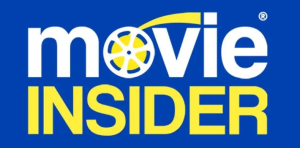
4.69/5
From 16 fan ratings
Take the Ultimate Generation P Movie Quiz
Challenge your knowledge of Generation P with this fun and interactive movie quiz. Test yourself on key plot points, iconic characters, hidden details, and memorable moments to see how well you really know the film.
Generation P Quiz: Test your knowledge about the surreal world of 'Generation P' and its exploration of post-Soviet society.
What is Babylen Tatarsky's profession?
poet
teacher
copywriter
journalist
Show hint
Full Plot Summary and Ending Explained for Generation P
Read the complete plot summary of Generation P, including all major events, twists, and the full ending explained in detail. Explore key characters, themes, hidden meanings, and everything you need to understand the story from beginning to end.
The narrative unfolds in the chaotic backdrop of Moscow during the Yeltsin era in the early 1990s, a time characterized by overwhelming disorder and corruption. The story revolves around Babylen Tatarsky, a graduate student and aspiring poet, who finds himself homeless following the collapse of the Soviet Union. Faced with this new reality, he discovers his unexpected vocation in creating Russian versions of Western advertisements. While his career as a copywriter flourishes, Tatarsky grapples with the increasing materialism and self-indulgence that defines contemporary culture. His journey is not merely about professional success; it is a profound quest for meaning in a society that seems to have lost its way.
As he delves deeper into this new world, Tatarsky begins to notice unusual coincidences that point to patterns, suggesting a deeper significance amidst the confusion of modern life. His intrigue leads him to explore historical contexts, where he finds initial insights through the lens of Mesopotamian religious practices. Enhanced by the use of hallucinogenic substances such as mushrooms, cocaine, and vodka, his search for answers takes on a surreal dimension. Moreover, Tatarsky’s discovery journey is intriguingly embellished when he uses a ouija board, allegedly channeling Che Guevara, who comments on various themes including identity, consumerism, and the pervasive influence of television.
In his pursuit of understanding, Tatarsky begins to uncover profound revelations, such as the realization that much of what is presented as reality on television and in politics is merely a fabrication. However, the ultimate truth behind these constructs eludes him. As he ascends to the pinnacle of the advertising world, he learns that his colleagues serve an enigmatic entity: the goddess Ishtar, whose existence is intertwined with the vast array of advertising imagery. The principal task of their firm is to maintain vigilance against Ishtar’s adversary, the dog Phukkup, whose awakening threatens to unleash chaos and turmoil.
After a significant ritual sacrifice, Tatarsky inadvertently becomes Ishtar’s new regent, assuming the role of her 3-D counterpart and bridegroom. The summation of Tatarsky’s transformation is poignant; in the final chapter, his digital double manifests as a dominant force on Russian television. Ironically, Tatarsky—who initially sought to pierce through the veil of falsehoods perpetuated by media to find a genuine reality—ultimately metamorphoses into an illusion himself.
In the epilogue, it is revealed that the “P” in Generation P signifies “Generation Pizdets,” a term that translates roughly to “Generation Screwed,” encapsulating the disillusionment of a generation caught in the grip of commercialism and disarray.
Uncover the Details: Timeline, Characters, Themes, and Beyond!
Watch Trailers, Clips & Behind-the-Scenes for Generation P
Watch official trailers, exclusive clips, cast interviews, and behind-the-scenes footage from Generation P. Dive deeper into the making of the film, its standout moments, and key production insights.
Cars Featured in Generation P
Explore all cars featured in Generation P, including their makes, models, scenes they appear in, and their significance to the plot. A must-read for car enthusiasts and movie buffs alike.
Generation P Themes and Keywords
Discover the central themes, ideas, and keywords that define the movie’s story, tone, and message. Analyze the film’s deeper meanings, genre influences, and recurring concepts.
Similar Movies To Generation P You Should Know About
Browse a curated list of movies similar in genre, tone, characters, or story structure. Discover new titles like the one you're watching, perfect for fans of related plots, vibes, or cinematic styles.
Quick Links: Summary, Cast, Ratings, More

What's After the Movie?
Not sure whether to stay after the credits? Find out!
Explore Our Movie Platform
New Movie Releases (2025)
Famous Movie Actors
Top Film Production Studios
Movie Plot Summaries & Endings
Major Movie Awards & Winners
Best Concert Films & Music Documentaries
Movie Collections and Curated Lists
© 2025 What's After the Movie. All rights reserved.















